The Article
McIntosh MT5 Turntable: Turning Grooves Green
20th December 2017
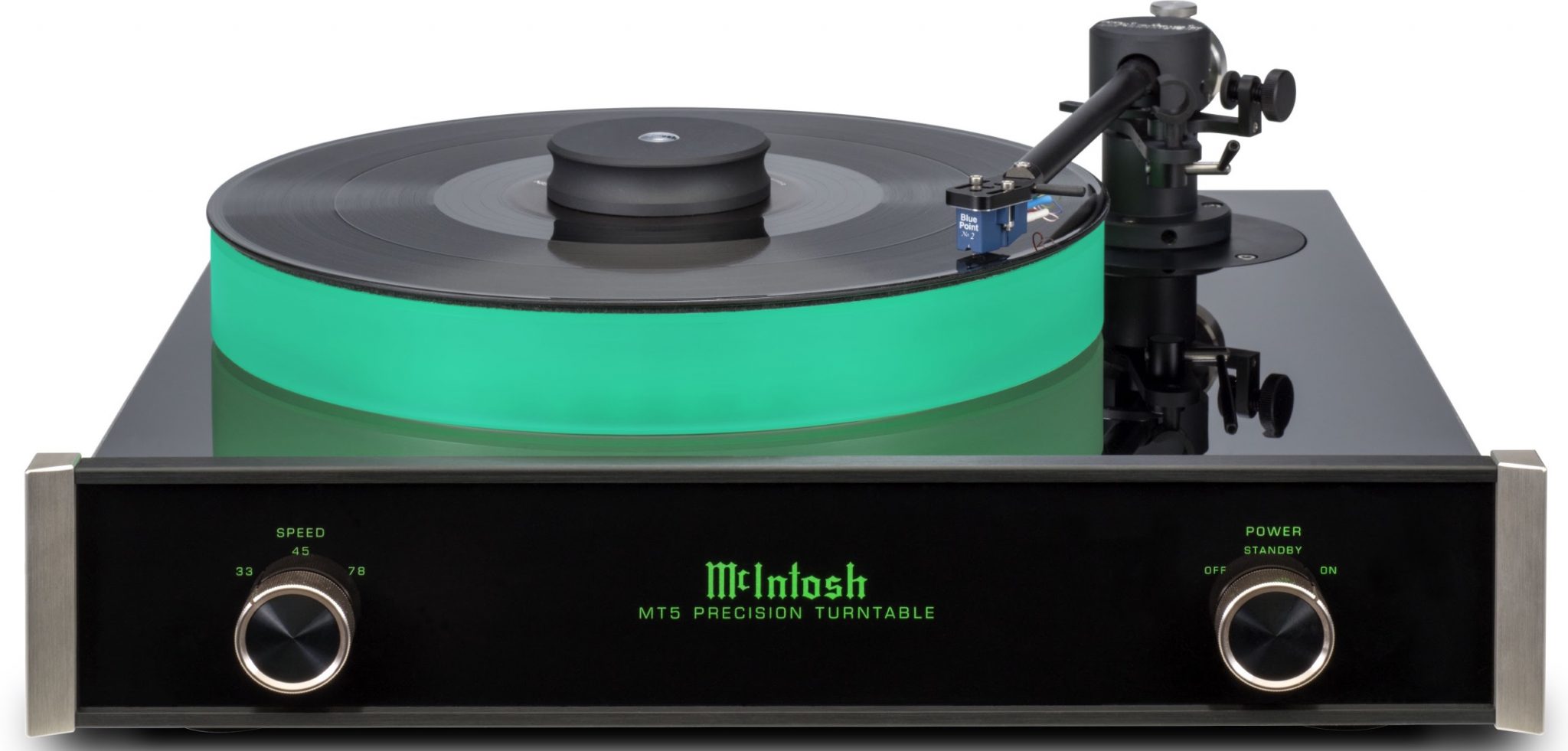
There’s only two turntables in the McIntosh range and this is one of them, Paul Rigby reviews the MT5
It’s dangerous to think that, just because a hi-fi manufacturer is known for its electronics, it knows nothing about analogue and should be viewed with suspicion. This sort or short-sighted, narrow-minded view has already affected brands like Avid (but for the opposite reason) and that worry proved to be groundless. The same can be said of McIntosh whose top-of-the-range MT10 turntable has already received plenty of plaudits. Will the MT5 follow suit?
When setting up the turntable, which has been created with help from Clearaudio in Germany (“Our partner on the MT5 shares their experience in turntable building but overall it is still very much a McIntosh design,” offered McIntosh to my enquiry on the source of the MT5’s build), there are several steps to follow but nothing too onerous. The arm, featuring vertical and horizontal bearings, has already been fitted along with the magnetic anti skate. The arm is made from Dural-Aluminum, as McIntosh has it or, as I know it, Duralumin. As an ex-aviation journalist (and one who still retains an interest in aircraft), my eyes lit up when I saw the name because this stuff has been associated in the production of aircraft since way back. Just after WW1 or so, if memory serves. The material is the result of heat-treating aluminium and magnesium. The final material is both strong, hard but light – hence the aircraft application.
An inner anodised aluminium sub-platter holds the belt along with the three speed (including 78rpm) Swiss-made DC motor’s pulley. The outer platter, made from silicone acrylic, sits on top. That lot sits on a ceramic bearing using magnetic suspension together with a cushion of air.
The plinth has a stainless steel base with an aluminium base plate and an acrylic top plate plus internal dampening materials.
The featured cartridge is also in place, in this case a respected Sumiko Blue Point No.2 MC (worth £200). I noticed that McIntosh rated the cartridge at 1000 Ohm impedance when the manufacturer has it at 47k. I asked McIntosh about this and it kindly replied with, “Testing has shown the best frequency response is at 1000 Ohm and then decrease gain by -6dB in the McIntosh phono section.”
I also noticed that McIntosh has 2g as the recommended tracking force for the cartridge when the manufacturer has this figure as an upper limit and 1.8g as the ideal figure. According to McIntosh, “We usually end up at about 1.8g using a test record, so this should work fine.”
Apart from that, you need to add a touch of oil to the bearing and you’re away.
The front fascia resembles much of McIntosh’s other electronics while the controls here initiate speed control and power. The rear includes RCA outputs and ground knob plus fine tuning speed adjusters, remote control sockets, fine adjustment of the platter light (which shines green through the platter with the power on) plus a power socket.
I was surprised to see that McIntosh prefers a switching-type power supply for the MT5 and not a separate power supply unit as many other, competing, high-end turntables use. McIntosh commented, “The outboard power supply isolates any noise from the turntable. It does not take a lot of power or a huge transformer to power the MT5.”
Lastly? The company gives you a “record clamp” which, actually, is nothing of the sort. It’s a stabiliser that freely rests over the spindle and on the record. My LP-based sound tests used this accessory but later A-B tests found that the HRS ADH (£490) to be superior and recommended for use with the MT5.
IN USE
I have a problem with the McIntosh MT5 as supplied by McIntosh so let’s look at that now before we hit the sound tests. It’s got nothing to do with the MT5 itself, I hasten to add. This is not a MT5 issue at all. The problem is more to do with the company’s decision to supply the Sumiko as the default MT5 cartridge. My issue then is with a corporate decision not with the turntable design. Let me throw a couple of figures at you and see what you make of them.
OK, the first one is the price tag of the MT5 turntable. That’s £9,000. A lot of money but a figure you’d expect from a high-end turntable. A little less, in fact than my reference Origin Live and Avid set ups.
The other figure is the price of included Sumiko cartridge that McIntosh expects you to use when you buy the MT5. That is priced at £200.
Once more? We have £9,000 and we have £200. I asked McIntosh if they might wish to explain the rather confusing price disparity and it said, “The MT5 comes with a great cartridge that many people like. When selecting the cartridge, we prefer to look at its performance more than its price.”
That performance you can read about below.
SOUND QUALITY
I began with The Isley Brothers and Fight the Power, from the Isley Brothers album, The Heat In On a fierce, high tempo piece of funk with a rich and full soundstage that is full of layered instruments.
In this configuration, with the supplied cartridge in place, the sound output was strong and bold with a firm and hefty bass response. This strong bass performance slowed the action a tad in comparison to my reference (this was not a basic speed thing, the turntable ran fine at the required 33 ⅓) giving the music an overly methodical and excessively considered response and adding a sort of serious feel to this, admittedly, protest-based song. As such, the sound output actually suited the tone of the track, giving a great sense of structured timing, which was a happy accident. That said, I felt that all was not well. You could accuse the MT5 of lacking pizazz and joie de vivre or a sense of fun or of being slightly plodding but you could also say that the MT5 was being as ‘correct’ as possible while approaching the music with a little caution.
In broad terms, I wasn’t totally happy with the final sound but relatively happy with the detail retrieval from the MT5. Vocals were informative and never blurred during harmony sequences while even rather shy rhythm guitar sequences could be heard with some ease.
I wondered if those issues that I was having might be derived from the Sumiko, rather than the MT5. If that was the case then, another problem with the Blue Point was a slight sense of lift in the upper mids. Put it another way, there were parts of the sound test that had the MT5 straining a bit to extract musical detail and the result was a slight stridency. As if it was trying to accomplish something but just couldn’t make it. Imagine if you were reaching for a box on a shelf just too high and out of reach. That was the MT5 in the midrange area with the Sumiko.
That would make sense, actually. This £0.2k budget cartridge was presented with £9k’s worth of turntable and, frankly, couldn’t cope with the wealth of information being thrown at it, giving the mids a slightly pinched and forced response in this refined company. This only increased my irritation at McIntosh at presenting me, the reviewer, and you, the customer, with this situation in the first place. A change was needed and fast.
I reached for an Ortofon Cadenza Bronze cartridge which is priced somewhere just under the £1,500 mark which, I hoped and expected, would allow the MT5 to better show its true colours. I tried again but with Nina Simone’s Seems I’m Never Tired Lovin’ You.
The words ‘cheese’ and ‘chalk’ popped into my head. It sounded like someone had opened windows and let in some fresh air. I was aghast, amazed and astounded.
The steady, strong bass remained but, this time, with a much greater degree of space within the soundstage that now served to feed an effective tonal balance. Gone were the rather lumbering bass lines and the super-careful-just-in-case-it-breaks approach to music. The Ortofon-inspired MT5 effect was to give the sound quality a new zip and energy that the Sumiko-powered MT5 previously lacked. A fresh sense of intensity from the upper mids and Simone’s vocal merged and locked successfully with the strong and meaty bass frequencies to give her performance passion and potency of the sort that fixed you to your chair. With the MT5 now effectively ‘off the leash’, it proved to be quite devastating. There were moments when I was afraid to breath during Simone’s building crescendos, while her piano offered power and drama as the song reached its close.
The difference between the ‘make do’ nature of the Sumiko and the sweeping and glorious sounds from the Cadenza was so stark, so dramatic, I actually laughed. What, you have to ask, is McIntosh playing at here? By including the Sumiko as its default cartridge, it is actually under-selling its own top quality turntable. Some people, you do realise, will never actually change the default Sumiko cartridge and will live with the MT5 in that default Sumiko configuration. They will never ever realise the true capabilities of their own turntable. Why? Because McIntosh told them to use the Sumiko. This will happen, in some cases, be assured of that. I have to shake my head in wonder at such a situation and make a direct appeal to any McIntosh distributor out there who might be reading this. Don’t let it happen!
CONCLUSION
The MT5 provides a strong and forthright design but it requires a cartridge of quality if its going to show its true colours and achieve any sort of sonic balance. When you do buy this excellent turntable and replace its default cartridge – and you must, you really must – then the MT5 breaks through its budget cartridge shackles and flies and soars! It shouts and it roars! It sings and loves life! Yes, I’m being a little bit dramatic here (ok, quite a lot) but look, really, McIntosh needs to either bin the Sumiko or – hey here’s an idea – not include a cartridge at all! Let the customer and dealer chat about that one, eh?
When equipped with a cartridge of quality, the MT5 is not only easy to set up and easy to use, it entertains with a sense of supreme focus and precision. It displays its top quality build and design but it’s also the sort of turntable that breeds reassurance and confidence in the user. It sounds exactly that way too.
MCINTOSH’S MT5 TURNTABLE
Price: £9,000
Tel: 01202 911886
Website: www.jordanacoustics.co.uk
GOOD: firm bass performance, confidant midrange, sturdy design, easy set up
BAD: desperately needs a quality cartridge to perform as it should
RATING: 8
REFERENCE SYSTEM
Origin Live Sovereign turntable
Origin Live Enterprise 12″ arm
Transfiguration Proteus cartridge
Ortofon Cadenza cartridge
Icon PS3 phono amplifier
Aesthetix Calypso pre-amp
Icon Audio MB845 Mk.II monoblock amplifiers
Quad ESL-57 speakers with One Thing upgrade
Vertex AQ & Tellurium Q cable
Blue Horizon Professional Rack System
Harmonic Resolution Systems Noise Reduction Components
All vinyl was cleaned using an Audio Desk’s Ultrasonic Pro Vinyl Cleaner

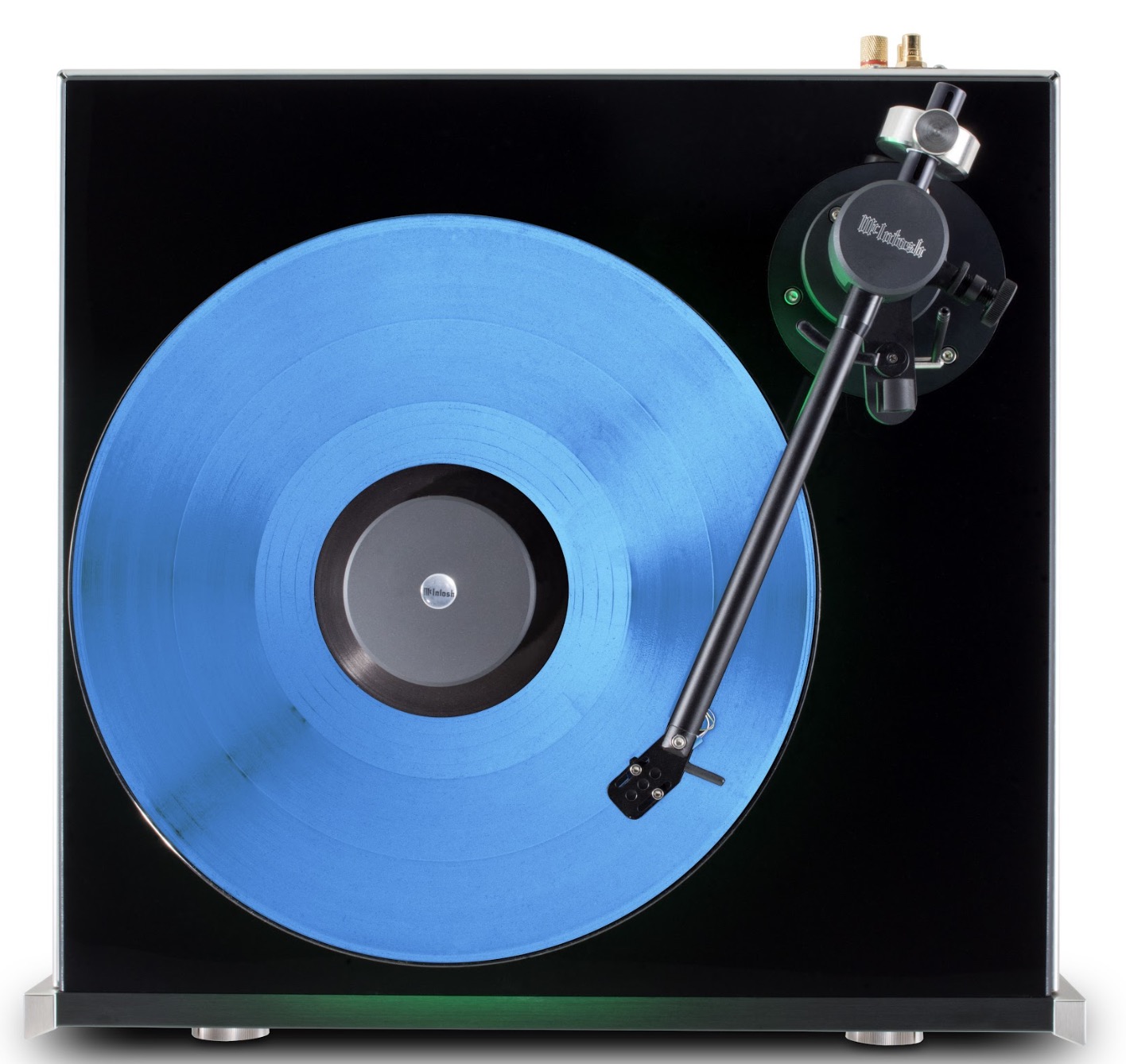
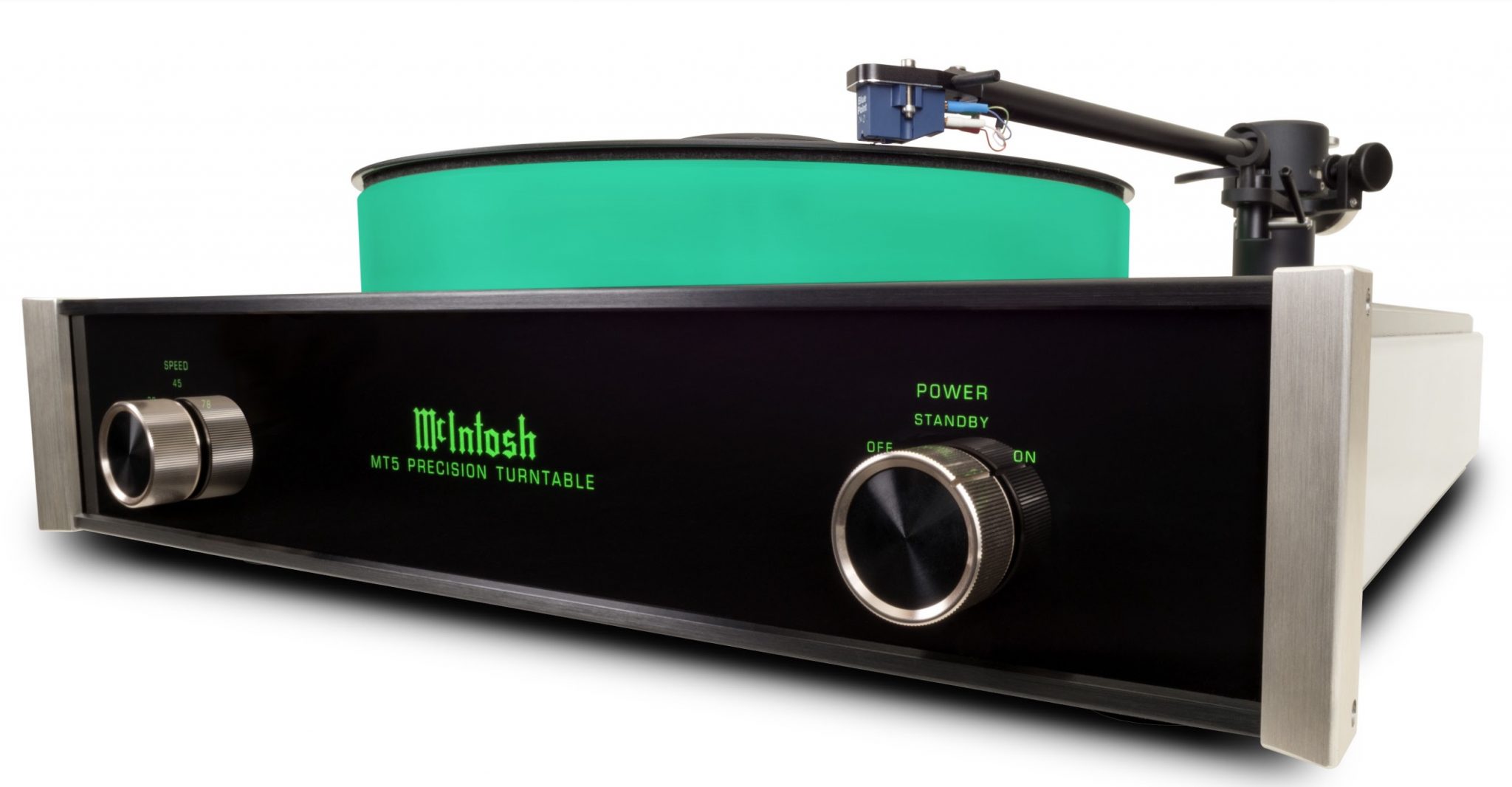
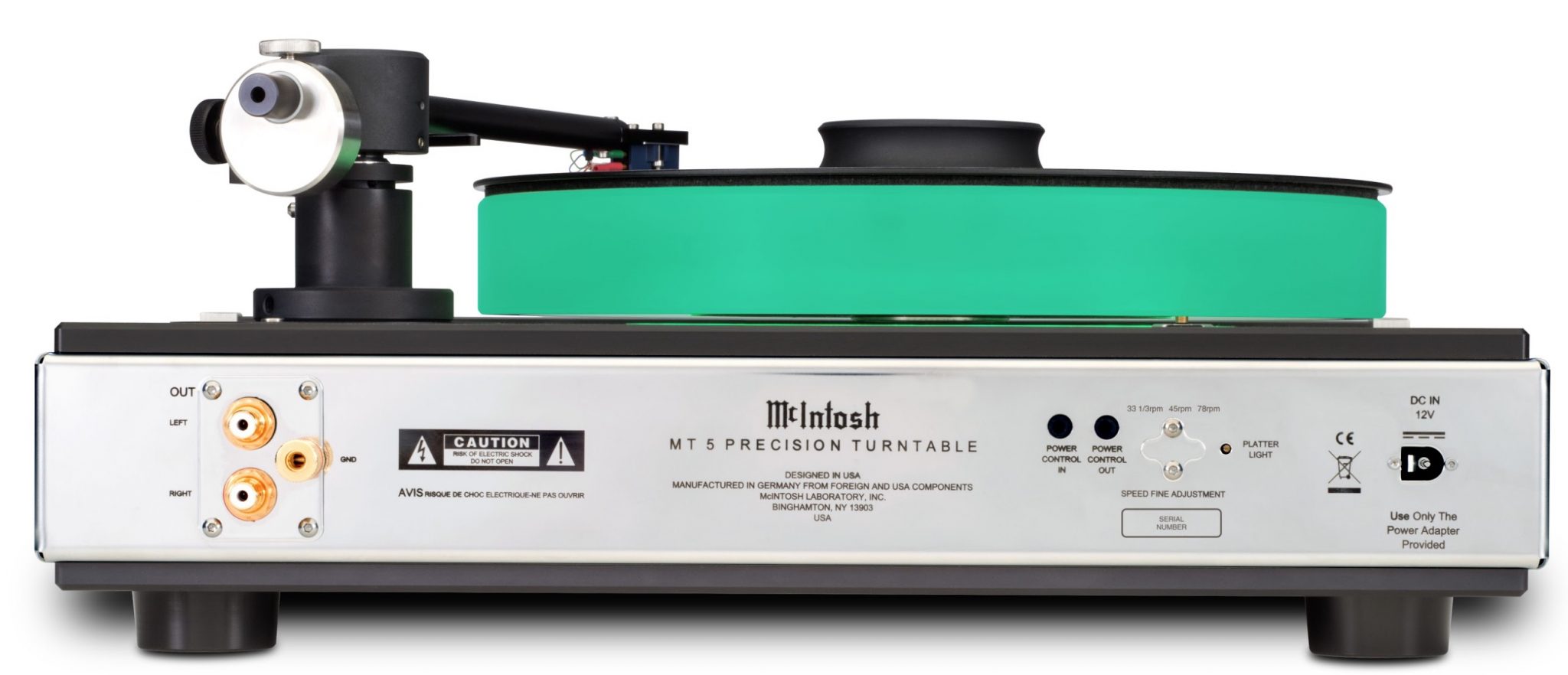
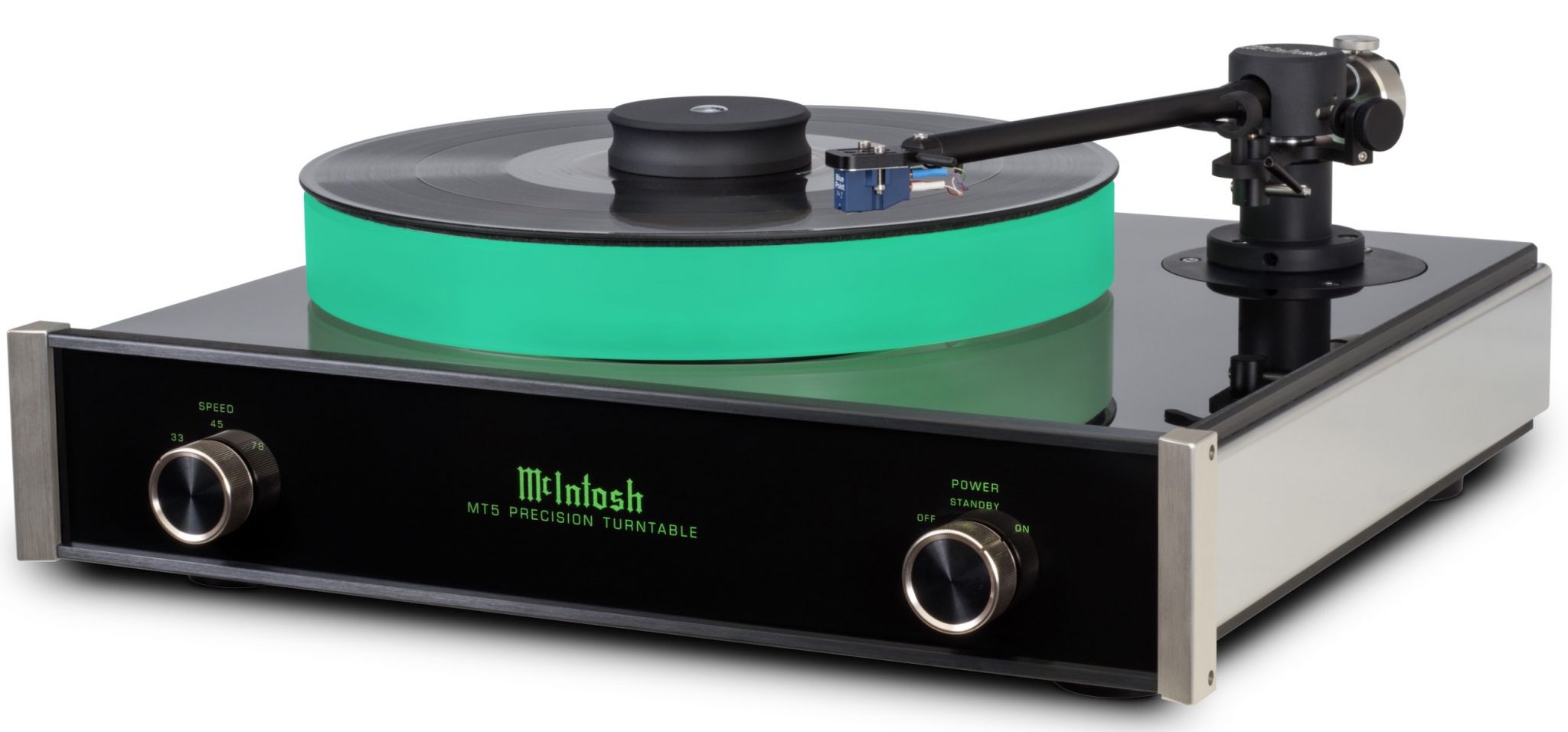
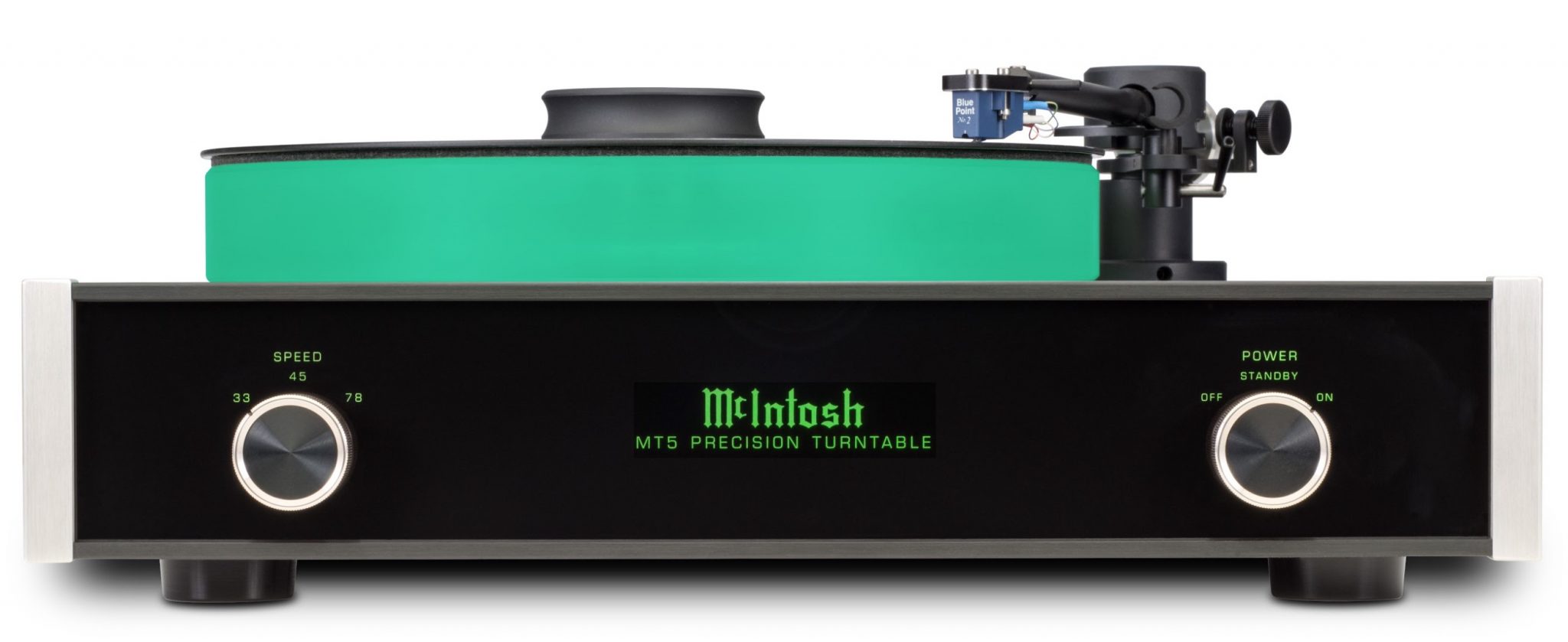
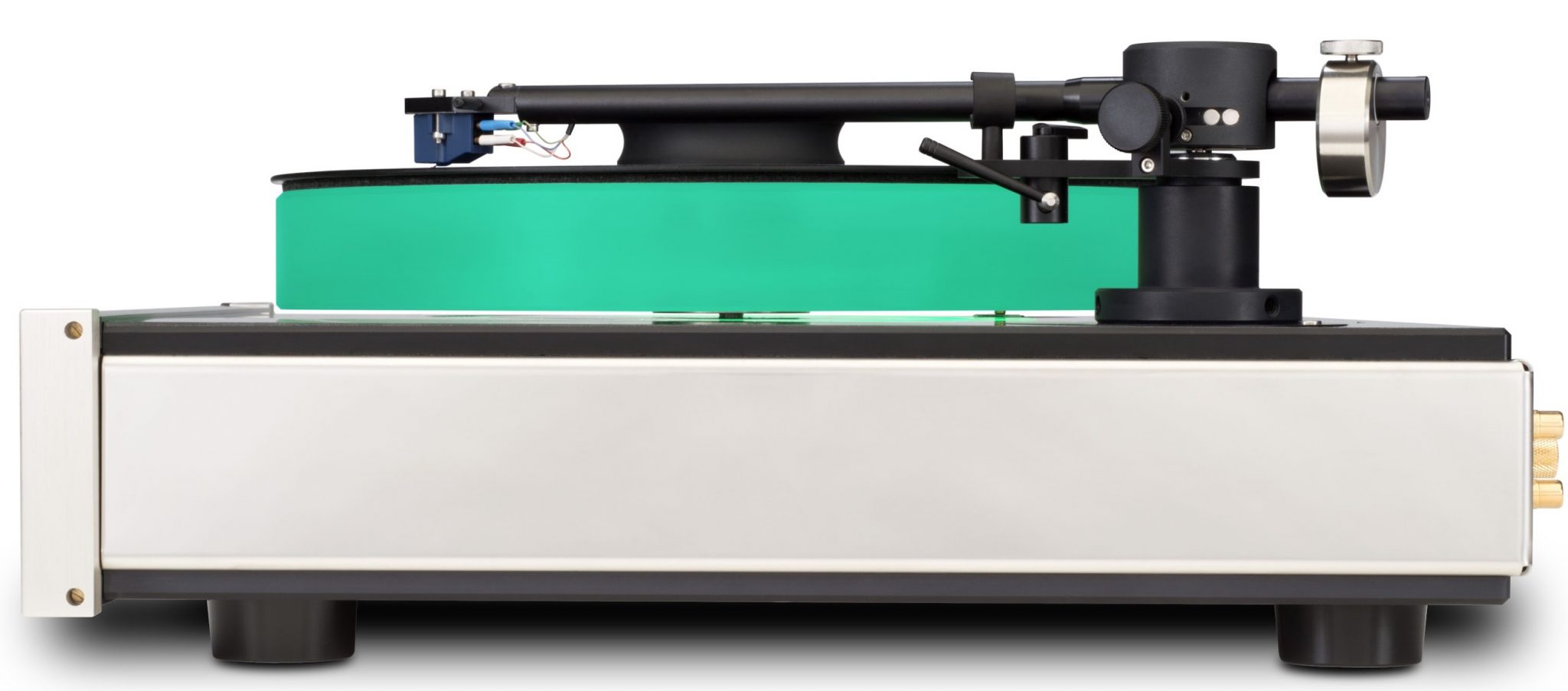
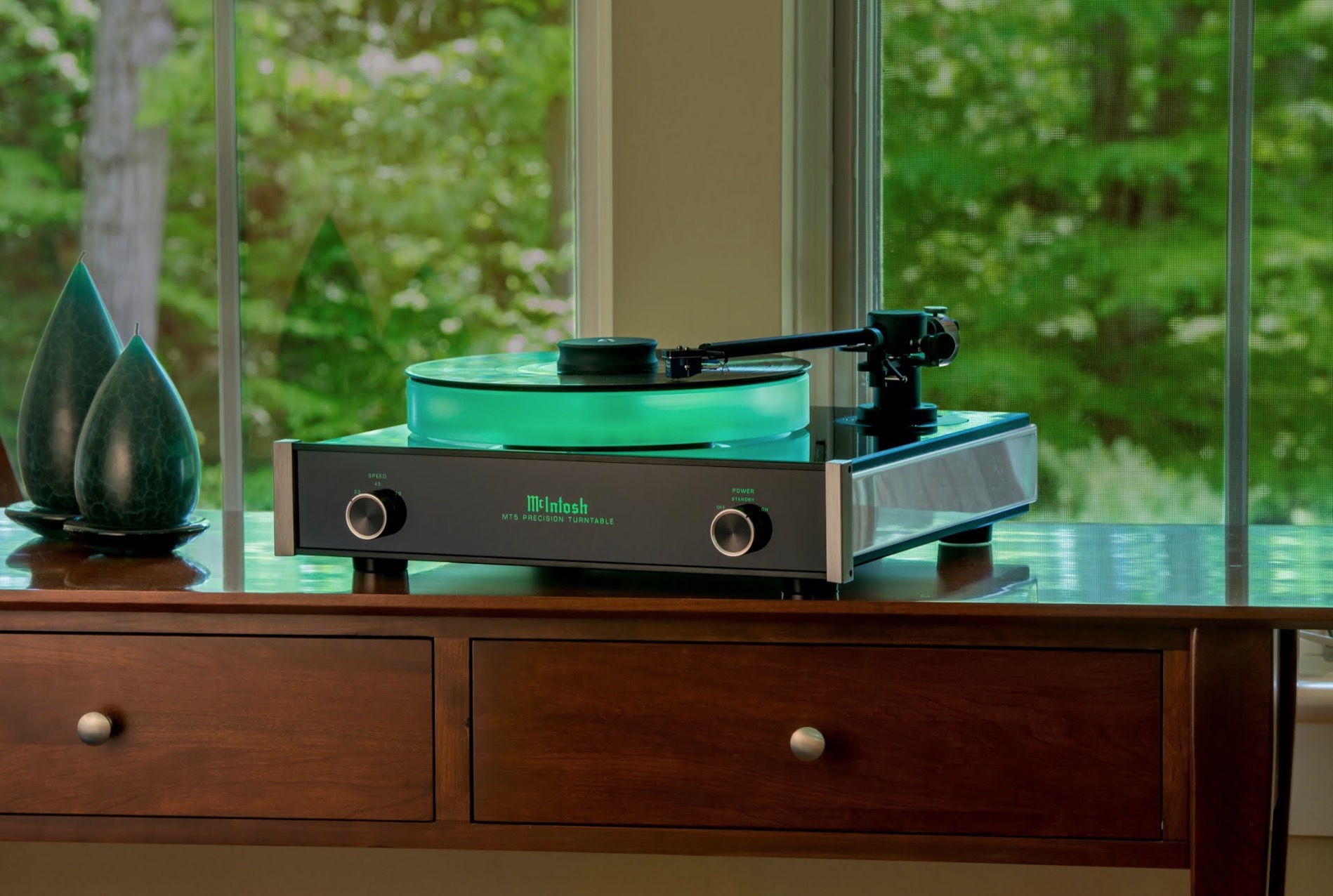
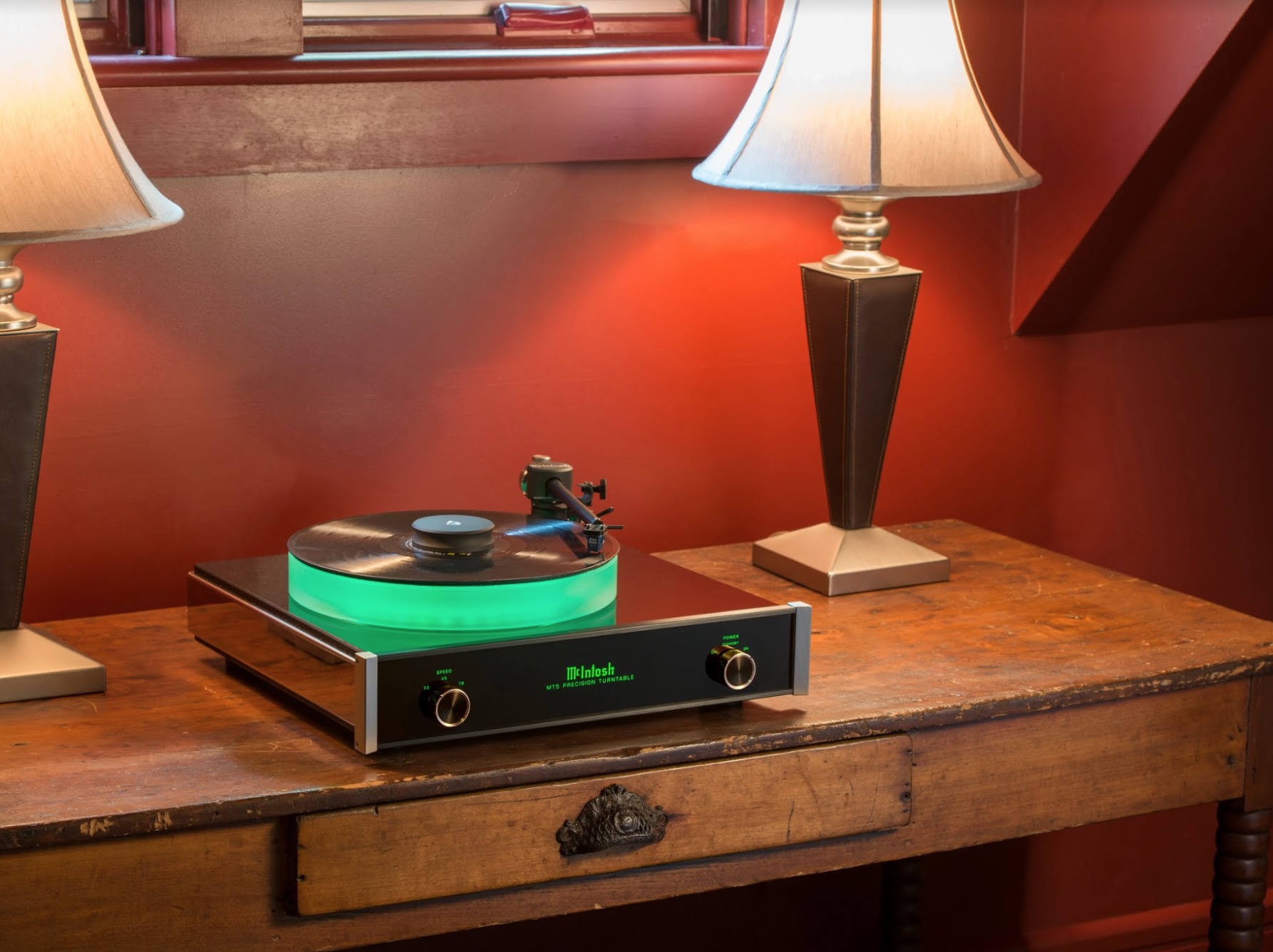


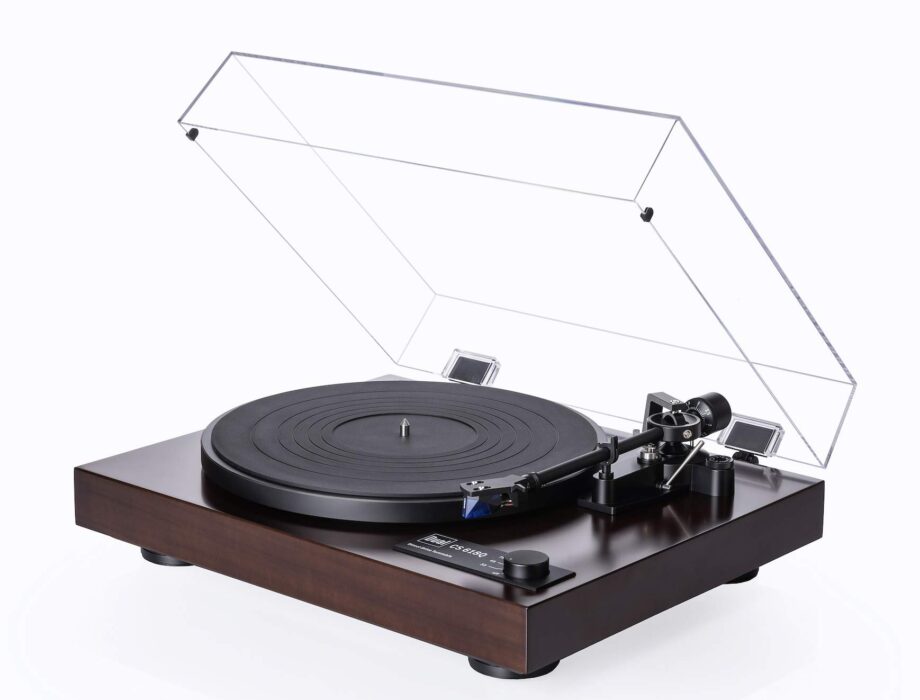
I don’t think the supplied cartridge should impact the turntable review to this extent. In my opinion, the Sumiko is provided as almost a despoisble cartridge for an owner of a £9000 turntable who will want something better. It’s almost better they sell it with no cartridge.
If they supplied a better cartridge, inevitably the owner will replace it. You won’t please everyone with a costlier cartridge.
Hi Bill – if the cartridge is the default model from the manufacturer then I see that as a major issue. The MT5 is sold as a package. Why include a disposable anything in a ¬£9k package? Also, this is not a distributor option. It arrives in the box. Not everyone will have the knowledge or experience to even be able to change the cartridge so too much emphasis is being placed on the distributor here. Also, as I said in the review, McIntosh’s rubber stamping of the Sumiko infers that the cart and deck are a match made in heaven. They are not.
Hello Paul,
No doubt anyone buying a table at this price will know his stuff and have a few favourite cartridges. But indeed it would have been better not to include a cartridge at all.
Best regards
Geoff
Agreed. I prefer to buy a table with no cartridge included if it reduces the price. (Although 200 off of 9000 is a drop in the bucket here.)